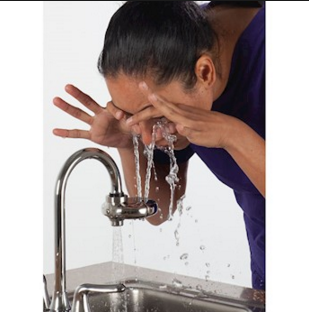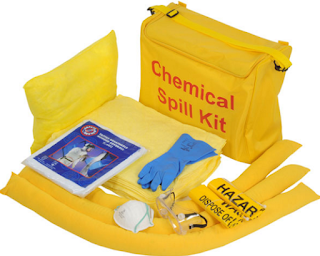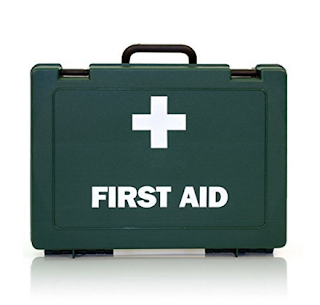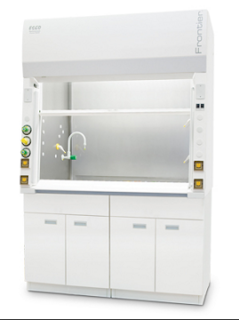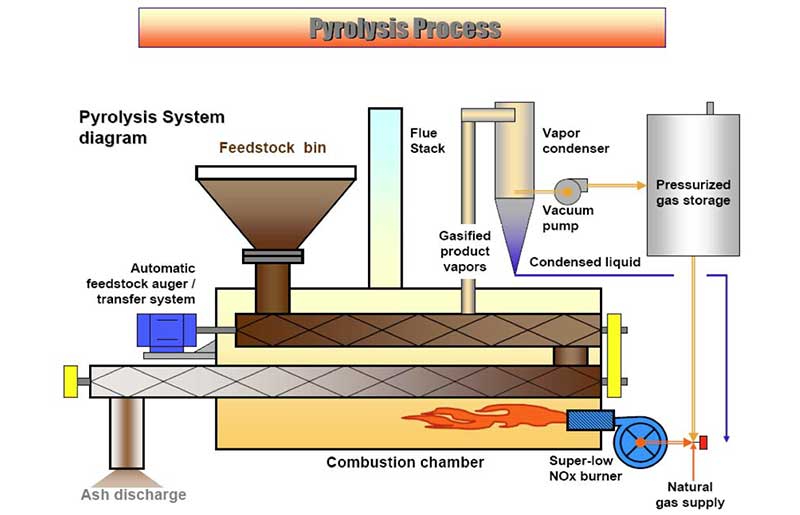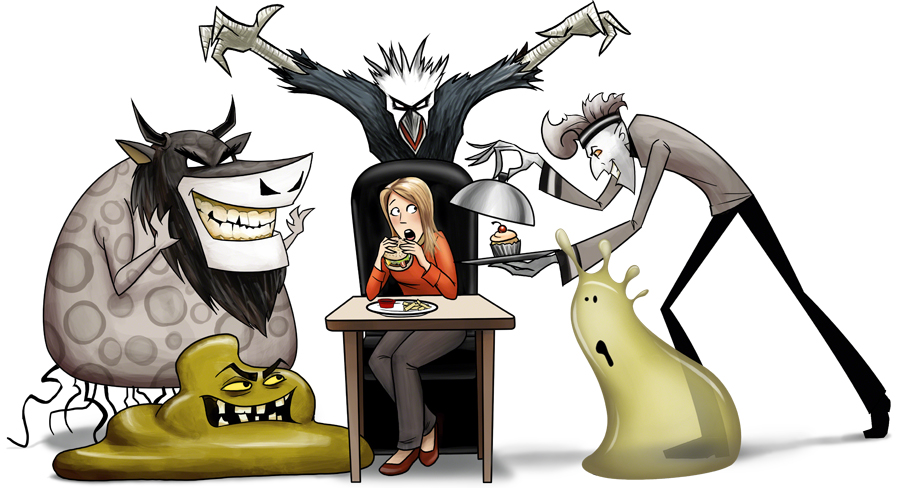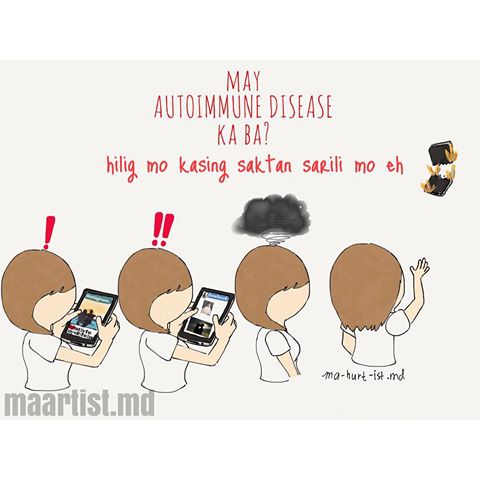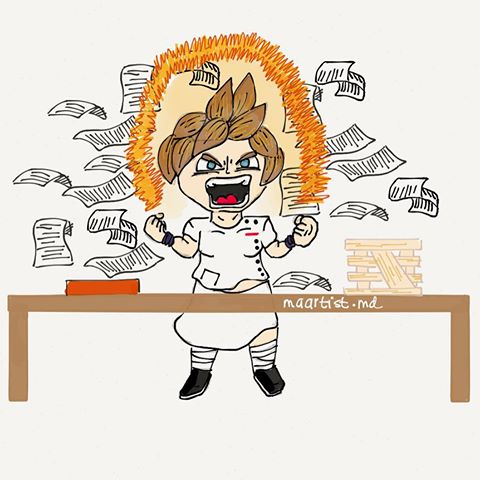PRELIMS 1~
❤ HOW TO BE A GOOD LABORATORY MANAGER ❤
What is a laboratory manager?
→→→ LABORATORY MANAGERS SUPERVISE THE DAY-TO-DAY ACTIVITES IN VARIOUS LAB. INCLUDING MEDICAL AND TECHNICAL LAB. THEY WORK IN INDEPENDENT LABORATIES ATTACHED TO A LARGER ORGANIZATIONS SUCH AS HOSPITAL AND UNIVERSITIES.
→→ Schedule the work activities of laboratory employees
→→Keep track of all laboratory equipment and materials
→→Ensure that any personnel follows the policies and procedures
→→Act as an interface between client and laboratory staff
→→Ensure the proper handling, storage, and disposal of hazardous
materials
Just a little laboratory humor :
Sanitary landfills provide the most
commonly used waste disposal solution. These landfills are desired to eliminate or reduce the risk of environmental or public health hazards due to waste disposal. These sites are situated where land features work as natural buffers between the environment and the landfill. For instance, the landfill area can be comprised of clay soil which is quite resistant to hazardous wastes or is characterized by an absence of surface water bodies or a low water table, preventing the risk of water pollution. The use of sanitary landfills presents the least health and environmental risk, but the cost of establishing such landfills is comparatively higher than other waste disposal methods.
What do laboratory managers do?
→→ Schedule the work activities of laboratory employees
→→Keep track of all laboratory equipment and materials
→→Ensure that any personnel follows the policies and procedures
→→Act as an interface between client and laboratory staff
→→Ensure the proper handling, storage, and disposal of hazardous
materials
Just a little laboratory humor :
✖✖✖✖✖✖✖✖✖✖✖✖✖✖✖✖✖✖✖✖✖✖✖✖✖✖✖✖✖✖✖ANYWAYS, BACK TO OUR TOPIC
Being a laboratory manager might be quite hard to manage at first, especially if you feel like you are unprepared for it, for handling laboratory staffs. I, myself when that time comes, i probably would feel the pressure inside and outside me because being a lab manager is something like being a class president on class for example. You need to handle them, make them trust you, order them to do some specific things and we all know that it is really pressuring since now that you are being a leader on the laboratory.
SO HOW CAN YOU EVEN BE A GOOD MANAGER?
It's just simple as 1+1 though, all you need to do is believe in yourself. trust yourself that you can do it, and that would be the foundation of yourself in order to have a good characteristics such as having a good leadership.
LEADERSHIP IS EXTREMELY IMPORTANT FOR A LAB MANAGER. WHY SO???
Because as you show your skills to the laboratory staffs or not just them but generally to everyone, it actually inspires them for sure. they learn something from you, they look up on you because you have a good leadership and that's what we want. that is what a laboratory manager is.
Also, just because you are a lab manager doesn't mean that you can direct everyone to do this and that. that is so wrong, but what makes that right is that learn to listen to others as well. you need to make sure that you're not the person who's always telling someone to do this kind of work and also make sure that you listen aswell to them, why?
WHY SHOULD A LAB MANAGER WHO IS SUPERIOR LISTEN TO AN INFERIOR LIKE YOU?? [LOL SRRY☺]
Simply because that would make them feel like you as a manager appreciates their ideas and that would even affect your relationship in a great way which is good of course.
For me, the most important characteristic is being nice or friendly to everyone, i mean we all know that lab manager is a stressful job to do and you don't need to be mean to your co-workers and such when you feel burden and so much stress from work. basically, just love them though, treat them as a family so in that way you can communicate easily and they can trust you on your orders. it's not all about work when it comes to being a good leader, it's all about your staffs as well because they are always involved in your life and job that is why you need to think about them before yourself which is making you a good leader yourself.
''TREAT ALL LAB CO WORKERS AS POTENTIALLY IMPORTANT PART OF YOUR LIKE BECAUSE WITHOUT THEM YOU ARE NOTHING'' ❤
PRELIMS 2~
❤ BEING A NATURAL LEADER ❤
Leaders are made not born; theories believed that people can become leaders through the process of teaching, learning, and observation. leadership is a set of skills that can be learned by training, perception, practice and experience over time.
We've all had bad laboratory managers, someone that didn't care about the work and put in no effort. This is where being a natural leader comes in.that terrible boss was probably good at certain aspects of the job, just not the people part. maybe they stayed super organized and got results upper management wanted, but they treated their co-workers and team poorly. they had some qualities of a leader naturally, but never learned the others and so was not a truly great leader.
The leaders are born!one should be aware that leadership isn't universal set available to be applied in any situation. every situation require different type and style of leadership.
There is "NO SHORTCUTS TO LEADERSHIP"
~~~~~~~~~~~~~~~~~~~~~~~~~~~~~~~~
PRELIMS 3~
❤ADVANTAGES OF PLANNING❤
☺☺Planning helps desicion makers by providing guidelines and goals for future decisions...
☺☺Planning helps a manager exercise more control in a situation, establish goals "proactively" and consider contingencies...
☺☺Planning can help quantify goals and establish a means of measuring success...
☺☺Planning helps allocate limited resoureces like staff, materials, and time in an orderly and systematic manner....
☺☺Planning creates a healthy attitude towards work environment which helps in boosting employees moral and efficiency...
"WITHOUT PLANNING, AN ORGANIZATION HAS NO GUIDE"
MIDTERMS 1~
❤ WAYS TO OVERCOME BARRIERS OF COMMUNICATION ❤
USE LANGUAGE THAT FITS THE AUDIENCE
Don’t try to impress by using language and words that may be distorted by the listener(s). It simply makes them confused and inadequate. Plus, they won’t be listening to you while they try to work out what on earth you are on about.
USE THE RIGHT COMMUNICATION CHANNEL
Don’t send an email if it’s quicker to pick up the phone or go and talk to the person. Use email for its proper purpose. We are rapidly losing the art of conversation…don’t add to that by using the wrong channel.
MAKE IT EASY FOR OTHERS TO LISTEN TO YOU
Make your communication style that one of a conversationalist, one who is able to make a point quickly, succinctly and with conviction. If your key message is lost in the morass of a thousand words, people will wonder what you mean and what the purpose is. Clarity and brevity are the watchwords.
HAVE INTEGRITY AND HONESTY IN YOUR COMMUNICATIONS
If you are seen as being someone who lacks integrity, this will immediately be noticed and even more barriers will be built up between you and the listener.
MIDTERMS 2~
SELECTION OF THE RIGHT EMPLOYEE FOR LABORATORY
''Having the right people on staff is crucial to the success of an organization''
DEFINE THE JOB RIGHT:
The first step in the hiring process is posting the job description. If you want to hire the best candidate as an employer, you should pay extra attention to the job description. The description should reflect the daily responsibilities along with the skills needed to complete those responsibilities as precise as possible. Therefore, as an employer, you should make a careful analysis and collect the right information about the duties and tasks of the job. Also, the wording of the job ad should be clear and concise.
ASK THE RIGHT QUESTIONS:
Save time by prescreening your candidates. You will see that while a candidate looks ideal on paper, in reality he/she may not be appropriate for the job. They either may have unrealistic salary expectations or their personality may not be a good fit for the company culture. You can easily discover these by making a phone interview with them and asking the right questions. Asking the right questions will help you separate the desired candidates from the average ones.
BE FLEXIBLE
It is better to be flexible as an employer and remember that people want to grow and that is why they change jobs. If they already have all the skills for that position and don’t need to learn anything new, then, they may not want to work in that position because they cannot move ahead in their careers. If a candidate has 75% of the skills and is willing to learn more, this candidate can be a great fit for the job.
MAKE A GROUP DECISION:
It is always better to have more than one interviewer in order to make the best decision about a candidate. You can also divide the interview into different types such as behavioral interview, technical interview, etc. and have different people conduct these interviews. Afterwards, you can discuss the results together and get consensus as a group. At the end, you will see that the group decision about the candidate will be much healthier rather than the decision that you make on your own.
MIDTERMS 3~
ACCURACY VS. PRECISION
WHAT DOES ACCURACY MEAN?
If a measurement is accurate it means that it agrees closely with the accepted standard for that measurement. For example, if we estimate a project's size to x and the actual size of the finished project is equal to or very close to x, then it is accurate but it might not be precise. Thus, the closer a system's measurements to the accepted value, the more accurate the system is considered to be.
WHAT DOES PRECISION MEAN?
A measurement that is precise means that it agrees with other measurements of the same thing. Again in the sense of projects, if we estimate the size of many of them and they, in the end, are all close to or equal to what we estimated, then we can start to get a sense of the precision of our estimates. But first and foremost we want each of them to be as accurate as possible.
HOW THE TERMS RELATE?
Accuracy can be determined by one measurement while many measurements are needed to determine precision. For instance, by looking at the image above, just by one bullet fired, one knows if it is accurate or not but a number of bullets have to be fired to know if the result is precise or not. Bullets that hit closer to the bullseye are considered more accurate. If a large number of bullets are fired, precision would be the size of the bullet cluster and not how close they are to the bullseye.
FINALS 1~
SAFETY EQUIPMENT IN THE LABORATORY
Safe laboratory practice is based on understanding and respect, not fear.
EYE WASH
In the event of an eye injury or chemical splash, use the eyewash immediately. Help the injured person by holding their eyelids open while rinsing. Rinsing copiously and have the eyes checked by a physician afterwards
FIRE BLANKET
It is used to smother a fire
SAFETY SHOWER
Pull the overhead handle and remove clothing that may be contaminated with chemicals, to allow the skin to be rinsed
Sterile Gloves
It provides a temporary layer of protection
chemical spill treatment kit
it is used when a chemical is spilled on the lab bench or floor to neutralize the chemicals
first aid kit
it is used for minor injuries such as cuts or scrapes
Goggles
Must be worn at all times in the laboratory, provides a protection for eyes
Fire Extinguisher
P-ull
A-im
S-queeze
S-weep
FumeHood
Carries away vapors from reagents or reactions you may be working with
"SAFETY FIRST"
FINALS 2~
WASTE DISPOSAL SYSTEM
MUST BE PLACED IMMEDIATELY IN RECEPTACLE THAT CAN CONTAIN THE ITEM
INCINERATION
Incineration is probably the most widely-used method of treating all bio-hazardous, infectious, and other medical waste (though autoclaving is becoming more popular for both on-and-off site treatment), with an estimated 90% of medical waste being incinerated today.
However, incineration does have a downside—it produces emissions, which can pose a danger to public health and the environment.
LANDFILL BURIAL
commonly used waste disposal solution. These landfills are desired to eliminate or reduce the risk of environmental or public health hazards due to waste disposal. These sites are situated where land features work as natural buffers between the environment and the landfill. For instance, the landfill area can be comprised of clay soil which is quite resistant to hazardous wastes or is characterized by an absence of surface water bodies or a low water table, preventing the risk of water pollution. The use of sanitary landfills presents the least health and environmental risk, but the cost of establishing such landfills is comparatively higher than other waste disposal methods.
COMPOSTING
Composting is another most frequently used waste disposal or treatment method which is the controlled aerobic decomposition of organic waste materials by the action of small invertebrates and microorganisms. The most common composting techniques include static pile composting, vermin-composting, windrow composting and in-vessel composting.
GASIFICATION AND PYROLYSIS
Gasification and Pyrolysis are two similar methods, both of which decompose organic waste materials by exposing waste to low amounts of oxygen and very high temperature. Pyrolysis uses absolutely no oxygen while gasification allows a very low amount of oxygen in the process. Gasification is more advantageous as it allows the burning process recover energy without causing air pollution.
FINALS 3~
HAZARDS IN THE LABORATORY
Chemical Hazards
Handling chemicals is a typical part of the day-to-day routine for many lab workers, but the risks and hazards remain the same. Many organic and inorganic chemicals are corrosive to the skin and to the eyes, and can be toxic. Full safety wear should be provided to any members of the team handling chemicals, and provisions to treat any exposure or clean spillages should be present in the laboratory.
Electrical Hazards
Even the most experienced research professional can overlook basic safety principles when working with electricity – so it is vital that protective measures are employed throughout the laboratory. Particularly hazardous are electrical units which are positioned close to liquid, so these should be fitted with ground-fault circuit interrupters to break the circuit should any current flow to ground.
Biological Hazards
The use of bacteria, viruses, blood, tissue and/or bodily fluids in the lab can lead to potential biological hazards. These materials can all carry disease or hazardous allergens which could put the lab team at risk. The effects of the diseases and allergens can be immediate or take significant time to manifest, demonstrating the importance that all members of the lab team are given sufficient protection, even if the dangers are not yet known.
Physical Hazards
And with so many unique risks at play in the modern lab, it can be easy to overlook the more commonplace, physical risks. Trip hazards and mishandling mistakes are rife in busy, bustling labs.
Handling is one of the major concerns for all lab managers, with members of the research team susceptible to injury if not following safe handling requirements. Hot, heavy and sharp apparatus can all compromise the health and welfare of members of the research team. This makes it important that full and correct handling equipment such as safety gloves is provided. Furthermore, training for correct lifting should be conducted so the whole team can lift and carry without fear of injury.
"THINK SAFELY, THAT IS EVERYONE'S JOB"
Hahahahahahahaha oki bye
~VXY☺☺☺


